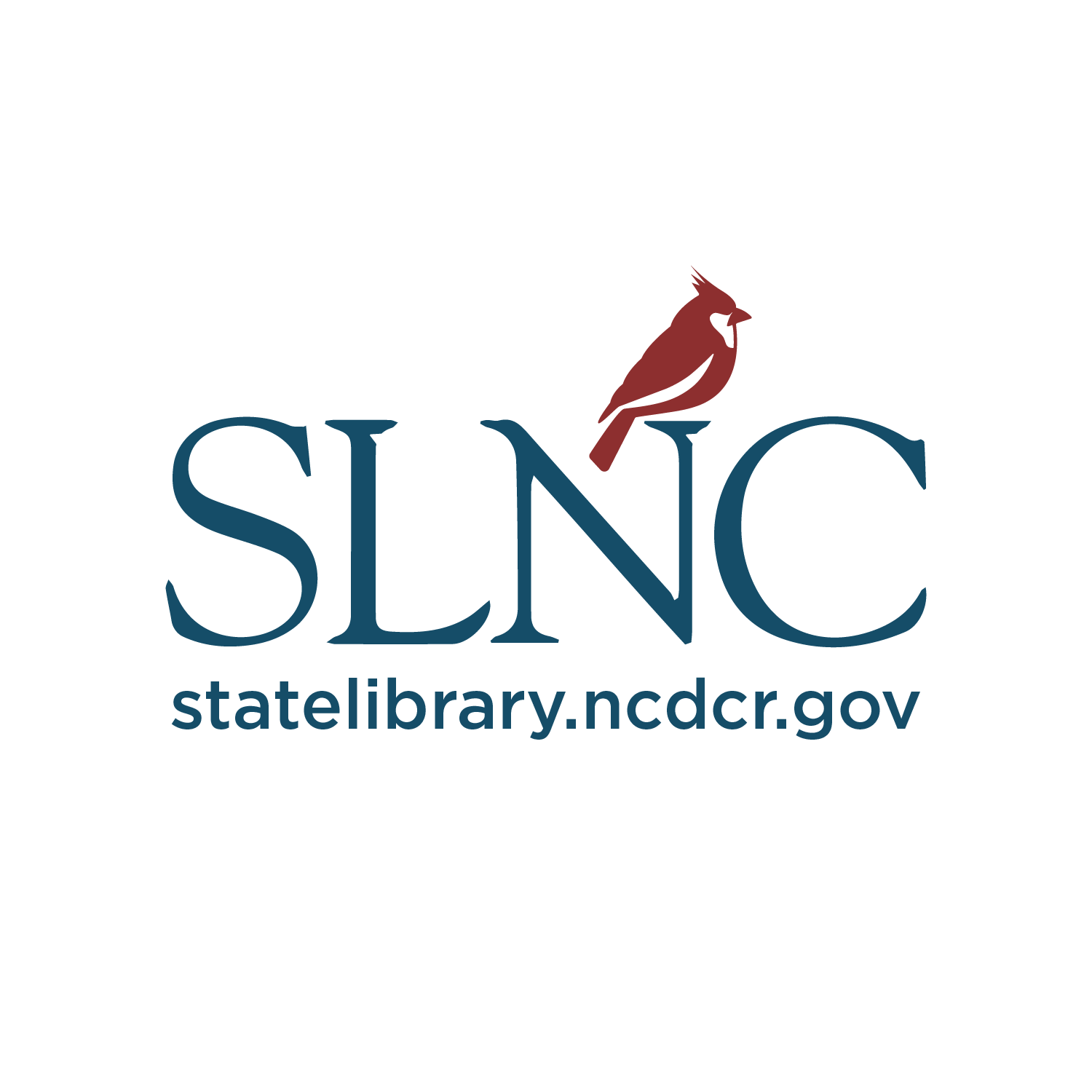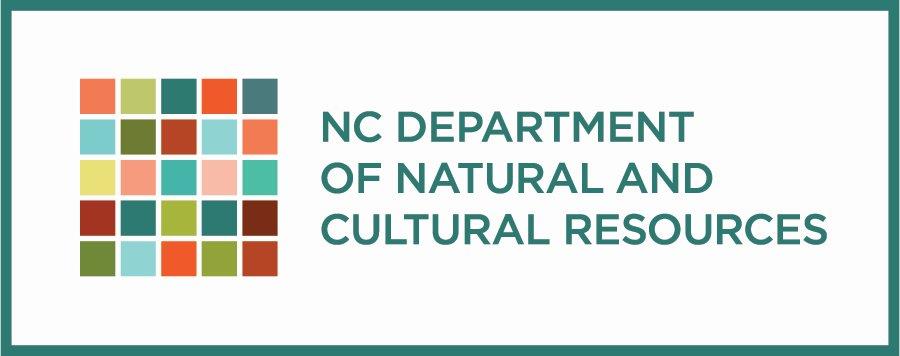(September 13, 2022) CHARLOTTE, N.C.
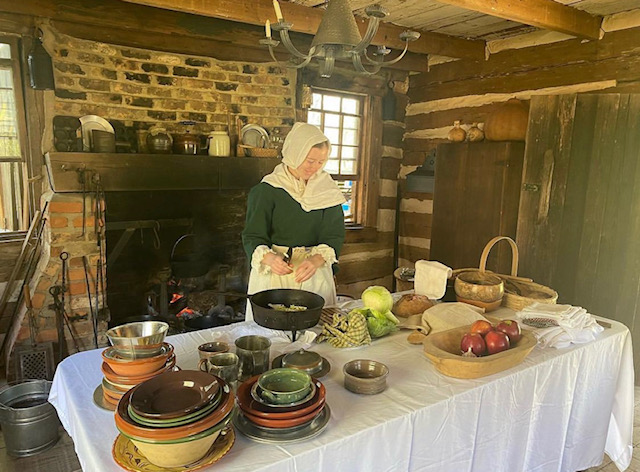
North Carolina Humanities is proud to present the Smithsonian Institution exhibition Crossroads: Change in Rural America! The exhibit explores the history of rural America and how rural communities are leveraging their cultural uniqueness as an opportunity for growth and development.
Six venues were selected by NC Humanities to host the exhibit around North Carolina in 2022-2023. As the exhibit travels, we are speaking with team members from each upcoming tour stop to discuss rural North Carolina and what visitors can expect to experience.
Crossroads: Change in Rural America is on display at Iredell Museums September 1- October 13, 2022. To learn more about how to visit the exhibit and attend related events and programs in Statesville, visit: https://www.iredellmuseums.org/smithsonian-crossroads-tour.html
We caught up with Emily Baker, Programs and Operations Manager at Iredell Museums, to learn more.
Tell us about Iredell Museums.
Emily: Iredell Museums is a small museum in downtown Statesville that focuses on local history, art and science. We do a lot of interdisciplinary programs and exhibits to appeal to all age groups, including Museums Without Walls, our outreach program for K-5 students. We also do living history days where we dress up in 18th century clothing at our historic cabins and sample things like oil paint making, quill pen writing, and cooking.
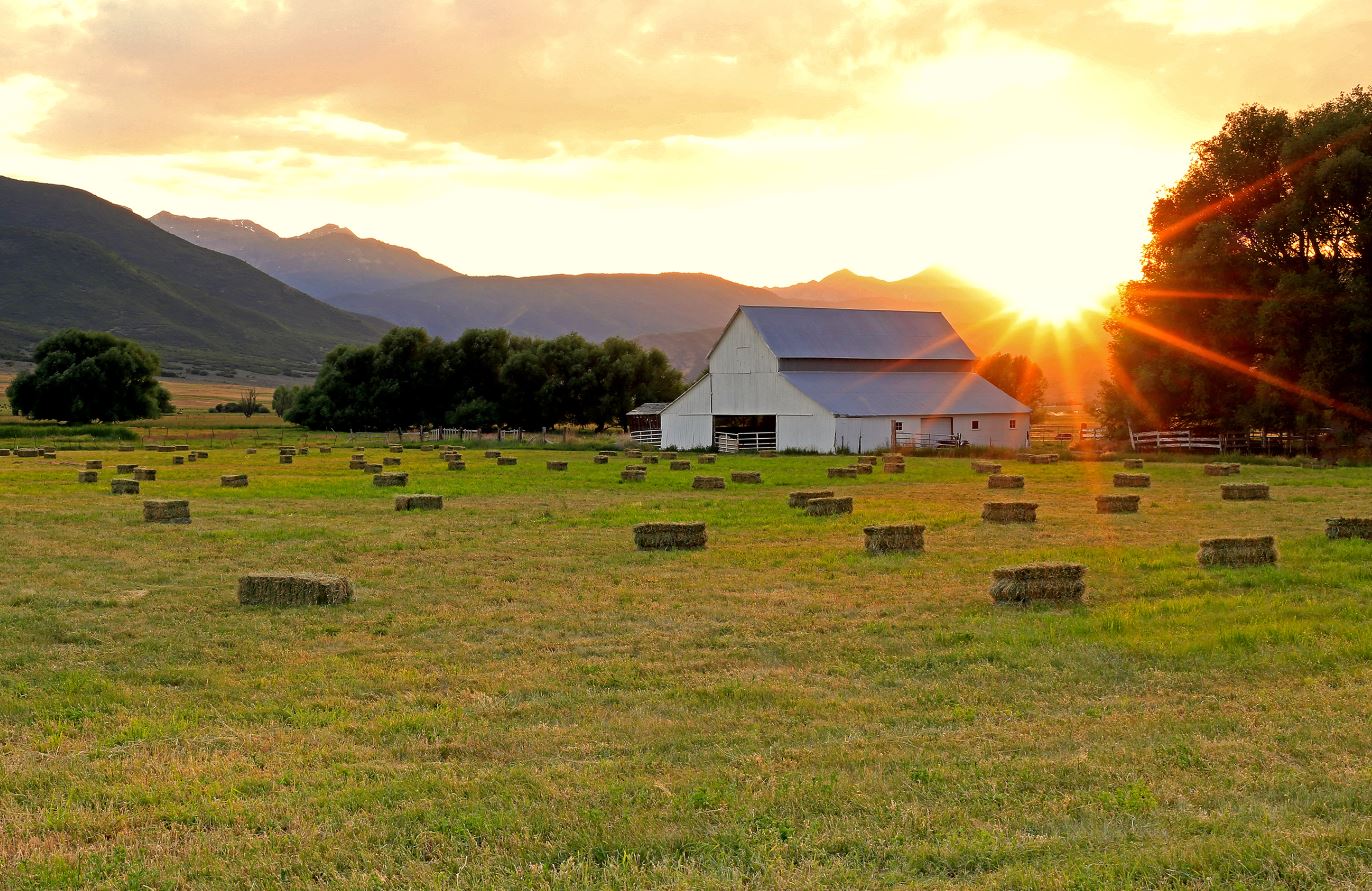 “Rural” means something different depending on where you are in North Carolina. What do you think “rural” mean to your community?
“Rural” means something different depending on where you are in North Carolina. What do you think “rural” mean to your community?
Emily: With the Crossroads exhibit and our related programs, we’re looking at what rural means for the larger Iredell County area, not just Statesville. To each individual person, rural is going to mean something different. Often the word rural conjures pastoral images and agricultural traditions; Iredell County is no exception. The Northern part of the county is still very rural in this sense, as the Southern part slowly becomes part of the larger Charlotte area. The word rural often also evokes the idea of community. We think people in Iredell County will connect with this idea because we have close-knit communities here. There are many small unincorporated townships and communities like Union Grove, Stony Point and Eupeptic Springs, and while Statesville is developing rapidly, it still carries that small-town feel.
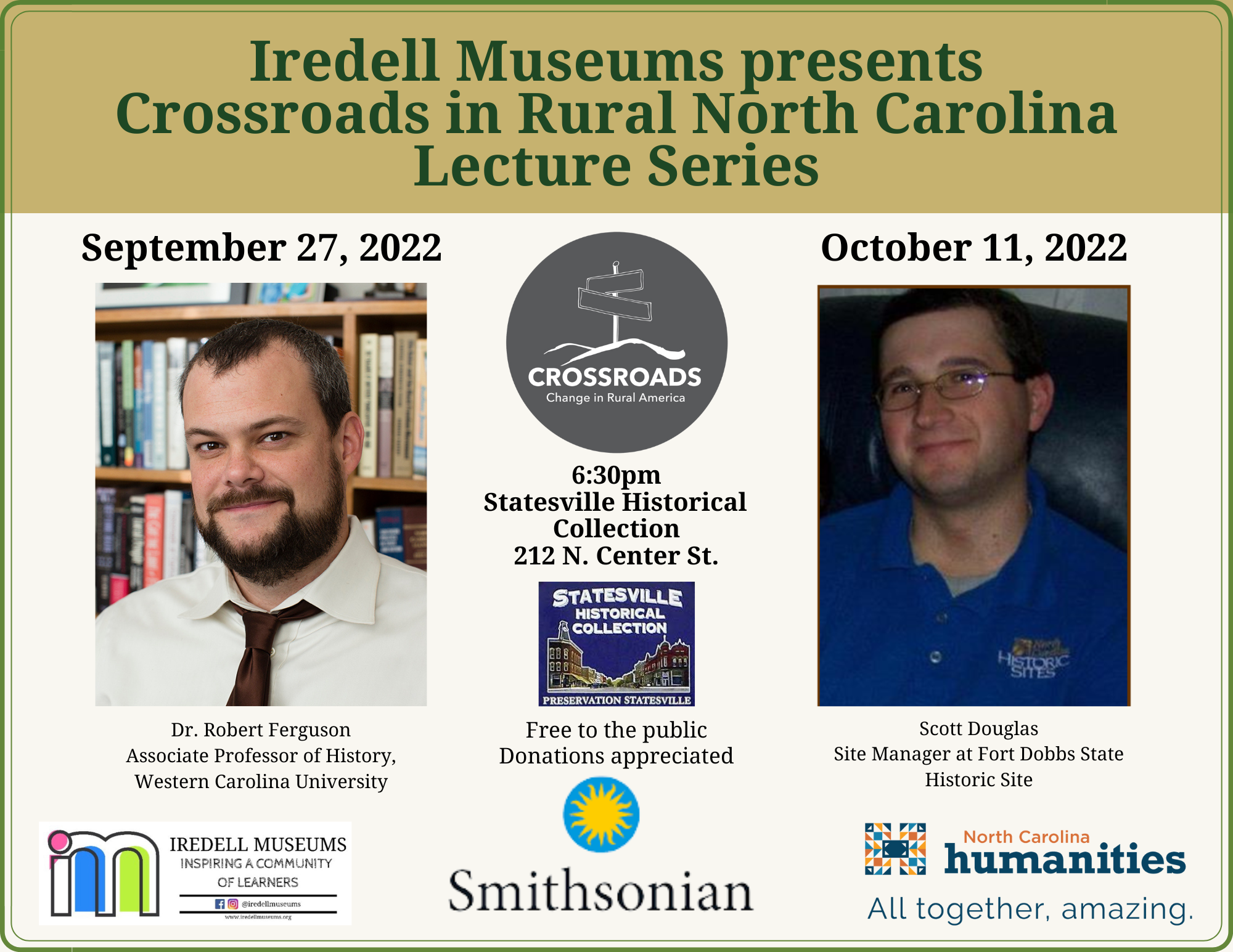 What can people expect to experience when they visit Crossroads at Iredell Museums?
What can people expect to experience when they visit Crossroads at Iredell Museums?
Emily: Crossroads will be on display September 1 – October 13, 2022, and we will have special programs going on during and after the exhibit is here.
We kicked off the exhibit opening by developing a mini exhibit at Iredell County Public Library in July. The exhibit focused on two different local music festivals: Union Grove Old Time Fiddlers Convention, which ran from the 1920s-1960s, and Love Valley Rock Festival, which happened in 1970 and was kind of a mini-Woodstock. I liked focusing on those two because they challenge the stereotypical idea of what’s happening in rural North Carolina. One of the offshoots of the Union Grove Convention is still happening.
We’re going to have some great lectures at the Statesville Historical Collections too. We’re going to have Dr. Rob Ferguson from Western Carolina University talk about rural North Carolina music, and we’ll also have Scott Douglas from Fort Dobbs talking about how Fort Dobbs was a crossroads of trade for communities. Read more about how to attend here.
During our Living History Day in September, Westward Farms will bring some of their livestock, and we’ll be talking about agricultural traditions and the importance of that in the county. Iredell County is the top producer of milk in North Carolina, so agriculture is very special to us. Read more here.
Iredell Museums routinely works with the local Boys and Girls Club, the local YMCA and the Parks and Recs Department in Statesville. Hopefully, we are going to have a couple of fourth and fifth graders come and help us docent on a few Saturdays while we have the exhibit up! I felt like that was a good way to get young kids involved and see what a great exhibit is like. Maybe they’ll want to go into museum work as a result!
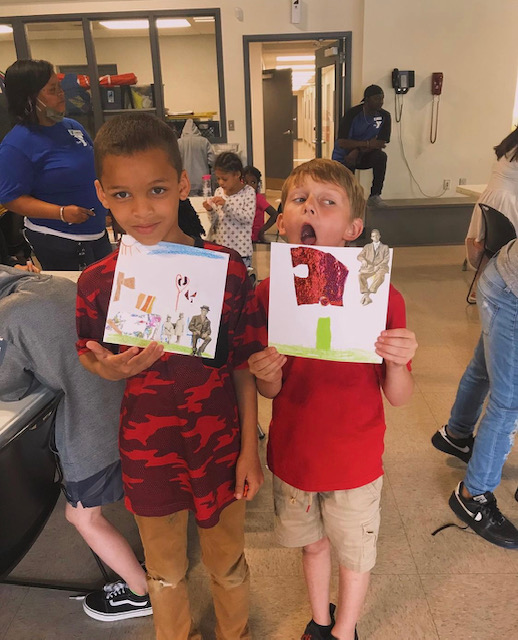 Finally, because the exhibit is here for a month and a half, Iredell Museums is going to create a separate Iredell County-focused exhibit that we can have up after Crossroads leaves. The new exhibit will explore Iredell’s changing landscapes because you can’t talk about the idea of rural without the contrasting idea of development. The exhibit will start at 18th century European settlement and go from there. We’ll explore the development of the railroad, as Statesville became a huge center for shipping items in the 19th century, and we’ll look at the rise of mill life in Mooresville, which is in Southern Iredell, as well as the increase in dairy production throughout the 20th century. Lake Norman and NASCAR will also be featured because of their huge impact on our communities and the economy. One of the best things about this exhibit is that we can share it with other people in the community, not just at our space, but we can loan a panel or the full exhibit to anyone, whether it be a school or a coffee shop.
Finally, because the exhibit is here for a month and a half, Iredell Museums is going to create a separate Iredell County-focused exhibit that we can have up after Crossroads leaves. The new exhibit will explore Iredell’s changing landscapes because you can’t talk about the idea of rural without the contrasting idea of development. The exhibit will start at 18th century European settlement and go from there. We’ll explore the development of the railroad, as Statesville became a huge center for shipping items in the 19th century, and we’ll look at the rise of mill life in Mooresville, which is in Southern Iredell, as well as the increase in dairy production throughout the 20th century. Lake Norman and NASCAR will also be featured because of their huge impact on our communities and the economy. One of the best things about this exhibit is that we can share it with other people in the community, not just at our space, but we can loan a panel or the full exhibit to anyone, whether it be a school or a coffee shop.
 Why are the humanities, museums, and exhibits like Crossroads important?
Why are the humanities, museums, and exhibits like Crossroads important?
Emily: I always knew I wanted to work in a museum. So here I am! For me, it has a lot to do with community. I think it’s exciting to see people thinking critically about their own story and how that relates to their community. Museums are spaces where we can tell stories. Stories are such an important part of who we are as humans, and as a museum, we can help give people agency to share their story. Specifically with Crossroads, we’re sharing stories and thinking about landscapes, identity, and community.
How can people support Iredell Museums?
Emily: You can find information about how to donate or become a member on our website: https://www.iredellmuseums.org/. We’re also on social media, so give us a follow. We look forward to seeing you at the museum soon!
At the Crossroads: Exploring Rural America Blog: As Crossroads: Change in Rural America travels around the state, North Carolina Humanities is speaking with each selected venue to talk about rural North Carolina and what their visitors can expect to experience. Crossroads: Change in Rural America is part of Museum on Main Street (MoMS), a unique collaboration between the Smithsonian Institution Traveling Exhibition Service (SITES), state humanities councils across the nation (like North Carolina Humanities), and local exhibit host institutions. To learn more, visit nchumanities.org.
About the Crossroads tour: North Carolina Humanities’ tour of Crossroads: Change in Rural America begins at Iredell Museums in Statesville September 2022. From there, the exhibit travels to Joyner Library at East Carolina University in Greenville, Granville County Historical Society and Museum in Oxford, Museum of the Albemarle in Elizabeth City, and Mountain Heritage Center at Western Carolina University in Cullowhee. The tour concludes at Onslow County Museum in Richlands June 2023. Thank you to our statewide tour sponsors: the NC Rural Center, the National Humanities Center, North Carolina Sea Grant, and NC Water Resources Research Institute, as well as the many local sponsors supporting the exhibit in their community. A full tour itinerary is available at nchumanities.org.
Photo Credits: Iredell Museums and Library of Congress.






